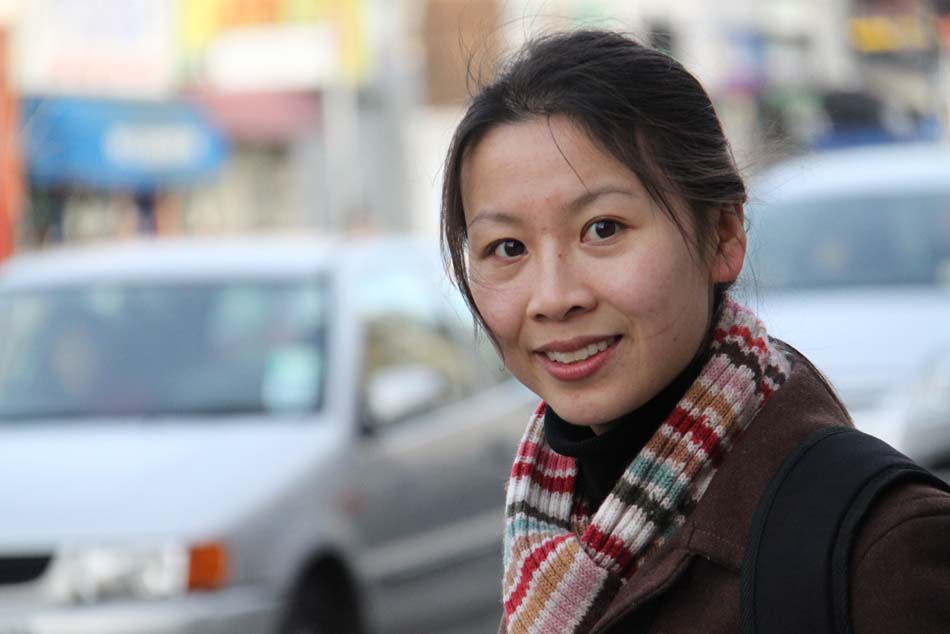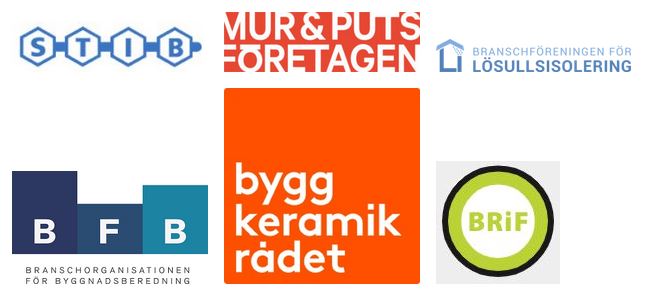I learnt some important lessons on teaching sustainable construction in a workshop I ran with the students on the master programme in Sustainable Urban Design at Lund University last year.
 Yatwan Hui, Urban Beings London
Yatwan Hui, Urban Beings London
Artikel ursprungligen publicerad på kunskapslänken.se 2011
Yat was very inspired by the development process of Bo01 in Malmö during her master studies in Sustainable Urban Design at Lund University especially by the vision and leadership of Malmö Stad.
Upon her return to London, she established Urban Beings as an urban design consultancy with design, research and events projects.The projects build on the human beings experience of living, working and playing in the city and facilitate conversations between built environment professionals and the city dwellers.
She is currently working with clients in the public, education and charity sectors with a particular interest in learning from good examples in the UK and Sweden.

It was part of my research to review the sustainable design principles of Bo01 on the Western Harbour in Malmö – nine years after its completion:
- What features worked well?
- How have the design principles and details changed since?
- What do the residents enjoy using?
- Do they use the buildings in the way that it’s been designed?
In parallel to interviews with the built environment professionals involved in Bo01 and a number of residents living there, I facilitated a workshop with the future placemakers – the urban design students.
As it was the first weeks into the master programme, some of the basic sustainability principles in urban development were introduced. Beddington Zero Energy Development (BedZed) in London designed by Bill Dunster was used as an example to compare with Bo01, which the students would further explore over the following weeks.
The highlight was the exercise which followed the presentation.
The students were split into five groups to represent the different actors involved throughout the stages of urban development – the planners, the architects, the builders, the building facilities managers and the residents. They explored the roles they have in the urban development process, what they can offer to establish sustainability, how they will implement this and what challenges there may be. I was blown away with the energy and dedication they had in the process.
The planners stated their responsibility to place sustainability in the heart of the vision they are creating.
The architects followed this with their commitment to design energy efficient building envelops and spaces which the residents want and would enjoy using.
The builders declared their role that the buildings would be built sustainably down to the details minimising waste.
The building facilities managers outlined ways they would run the buildings efficiently, keeping residents informed and involved.
The residents demonstrated how they would use buildings and adapting them in their sustainable lifestyle.
Although most of the students have a background in architecture, they took on all the roles with gusto to examine the different perspectives of those involved in the process.
I was very impressed with the sense of responsibility the students embraced in the exercise and felt very optimistic about the future if these students retain the same level of energy and enthusiasm to make the world a better place.
In this exercise, they had a quick overview of the long urban development process. They naturally bridged one stage to another to follow the sustainable principles through. In contrast, my conversations with the real life participants of the process highlighted the gaps where knowledge was not passed on. It was shocking how little the residents understood the principles and details for their buildings renowned for their innovative sustainable development. In the built environment industry and beyond, decision makers had, for many years, a long list of justifications as to why they cannot comply with sustainability and an attitude of ‘I will if you will’.
Although the workshop was to teach the students about sustainable urban development, I realised how much the built environment professionals can also learn from the students’ can-do attitude to actively and boldly establish and sustain these sustainable design principles.
The success of this workshop elated me of how empowered the students felt to proactively push the sustainability agenda.
It was also very rewarding for me to learn to ask a positive and constructive question to receive a positive and constructive response. Although the workshop was to teach the students about sustainable urban development, I realised how much the built environment professionals can also learn from the students’ can-do attitude to actively and boldly establish and sustain these sustainable design principles. /Yat


